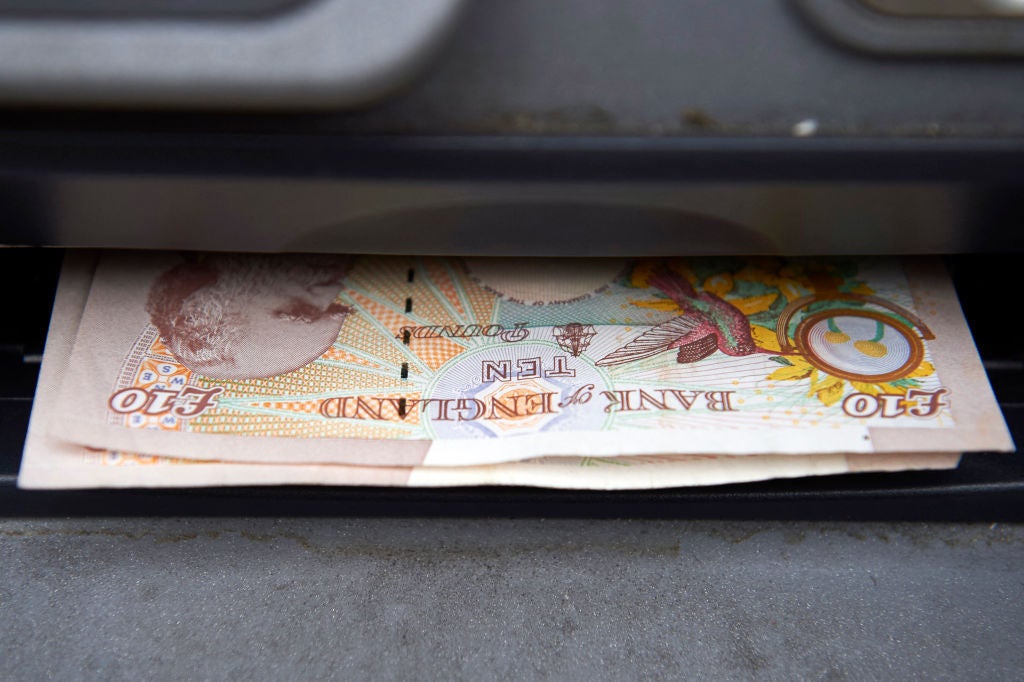The Bank of England (BoE) have today announced their base rate is to be cut 25 basis points, leaving the Bank Rate – what we might simply call the interest rate – at 4.5 per cent, the lowest it has been in the UK since mid-June 2023.
Around that time, with inflation rising fast and the BoE seeking to stem it, the base rate jumped from 3.5 per cent at the start of February to 5.25 per cent by August – causing a sharp increase in mortgage repayments, a battle for savers among banks and plenty of other side effects.
Now with both inflation and interest rates (generally, slowly) on the way back down, this is the first decrease the BoE (or their Monetary Policy Committee, technically) have applied since November last year, amid an eventual government aim to stem inflation at two per cent.
While it’s important to know what it all means for people on a day-to-day basis, it’s also kind of impossible to separate entirely individual financial situations to the overall economic picture of the country.
So, with that in mind, here’s a brief rundown of what has happened to lead us to an interest rate drop – and what it means for you.
UK growth, Rachel Reeves and how it impacts base rates
You may remember several negative headlines from the start of the year over Labour’s policies and approach and the effect on the country from a monetary perspective.
To distil down a very complex subject into a few sentences, one big argument was that the Budget from last year was not stimulating growth within the UK business sphere, while the additional costs – increases in wages and National Insurance contributions – were going to actively hamper them through financial pressures, jobs and needing to push price hikes.
When data last month showed a 0.1 per cent growth in the economy (data for November, it’s always trailing) it caused a surprise and was hailed as a “step in the right direction”, albeit a tiny one which needed to be quickened up.
UK economic growth has been forecast at around one per cent for 2025, which is lower than previously expected and perhaps even showing stagnating growth, so an interest rate cut is seen as one way to stimulate spending and give the economy a kickstart.
What’s next for Ms. Reeves and it might affect you, read on here. For the more immediate interest rate-related impact, however…
What does the lower interest rate mean for mortgages?
Starting at the top, then.
Broadly speaking, as increasing interest rates have meant mortgage repayments going up, then the reverse should also hold true: lower rates, lower repayments. However, there are several important things to note.

Firstly, that it’s only the interest on the repayments which should change – your capital repayments will naturally decrease the more you pay off your mortgage. Secondly, the base rate isn’t the rate you are necessarily charged by your bank or lender for the mortgage – they’ll base theirs off the BoE rate but it doesn’t have to be the same.
More than half a million people do, however, have a mortgage which tracks the BoE interest rate and those will see an immediate change. Far more have fixed term deals which expire each year and need renegotiating.
Additionally, if you’ve got a fixed term on a mortgage plan, you won’t see a change in any case until that comes to an end.
What about savings accounts?
If you have money in a savings account, it’s the other side of the see-saw to mortgages: rates going down mean you’ll earn less interest.
As there’s still a bit of a fierce battle raging among banks and building societies for customers, it’s still possible to get good deals if you are happy to lock in money for a fixed period of time or contribute regular amounts, with several offering around five per cent or even considerably more.
There are always terms and conditions to be met, so ensure it suits your circumstances, but the opportunity remains there to save and earn money at a better rate than inflation. Do be aware of the amount of interest you can earn without being taxed, though. If your savings account interest rate isn’t fixed, naturally it could decrease now as the base rate goes down.
Bills and repayments
Credit card repayments and bank or car loans are of course also affected by interest rates, as the amount they all charge for borrowing will be altered.

For credit card users, it’s always ideal to pay off the full amount each month if you are able to, to avoid interest being charged at all – depending on your circumstance and the account type, they can be one of the more costly ways to borrow.
Again, it may not be immediate that lenders lower their rates after a base rate drop, but get in touch with them to assess your options if you feel your repayments could or should be lower.
Anywhere else it impacts?
Spending, primarily. Generally speaking, lower interest rates encourage people to spend more money (consumer confidence increases) and that in turn sees businesses generate more money, sees them pay better wages or hire more people, so in turn spending can increase further…and around it goes in a virtuous circle.
That’s the idea, anyway.
It’s only a month or so since the complete opposite was being feared in the UK, with those aforementioned low growth rates and high borrowing costs for the government putting Ms. Reeves under pressure and having people worried about debt increasing, less public spending, fewer jobs, constricted wages and lower consumer confidence – a spiral in the unwanted direction.
Away from that side of the economy, over the longer term interest rates can indirectly affect pensions too and how much they change, while for equities investments, a falling interest rate is generally seen as positive for stock markets because it costs less for businesses to borrow and to invest in new projects – but there’s more at play here too, such as low growth rates hampering sales, upcoming increase in labour costs and potential Trump-shaped tariffs on the horizon. As well as predictions on future interest rate cuts!
As you can see, it all ties in together in roundabout ways over and over again; slowing inflation and getting growth back on an upward trajectory remain big targets for those in charge.
On a more day-to-day basis for people in the UK, the hope will be that ongoing lowered interest rates might cut costs in some quarters and ease spending in others, contributing to a healthier overall economy… and individual bank balances, maybe.
Source link
 Unews World
Unews World
